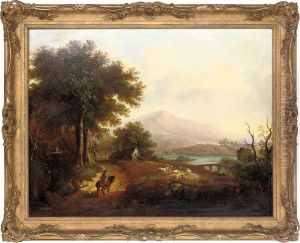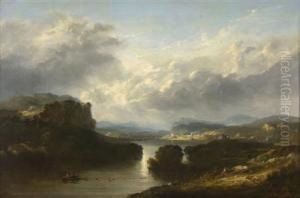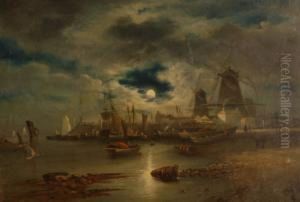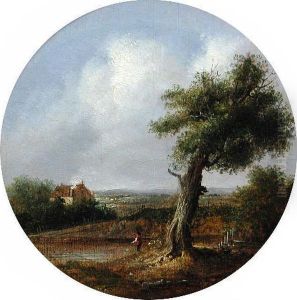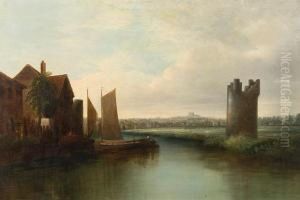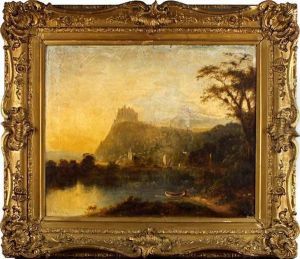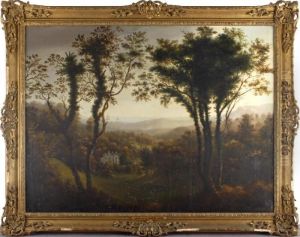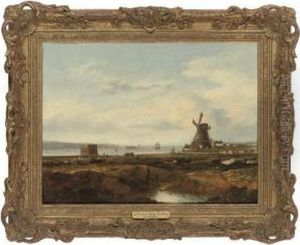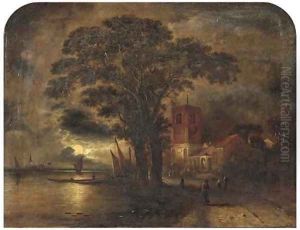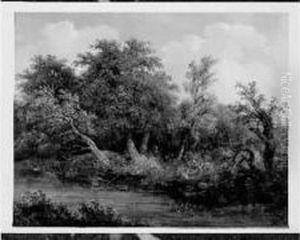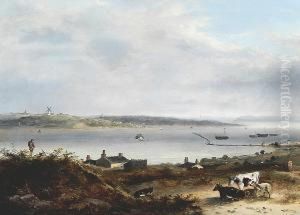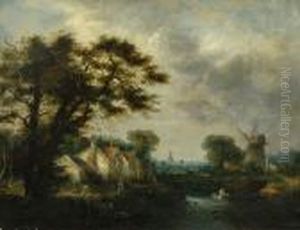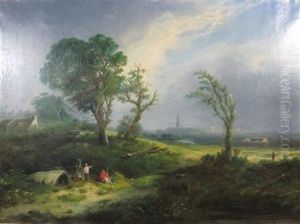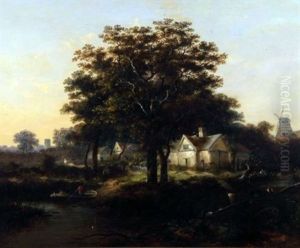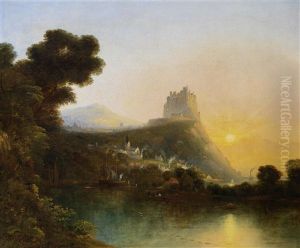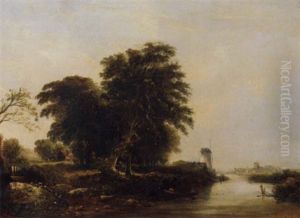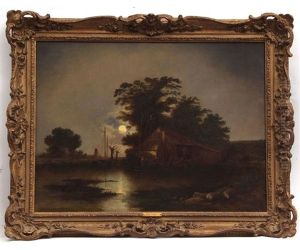William Henry Crome Paintings
William Henry Crome was an English landscape painter who lived during the 19th century. Born in Norwich in 1806, he was the son of the renowned artist John Crome, also known as Old Crome, who was a leading member of the Norwich School of painters. This artistic movement was the first provincial art movement in Britain, which was established in the early 19th century and is significant for being among the earliest groups to focus on landscape painting in Britain.
Growing up in an artistic environment, William Henry Crome was heavily influenced by his father’s work. He followed in his father's footsteps by also becoming a landscape painter, although he never achieved the same level of fame as his father. Crome’s works often depict the English countryside and rural scenes, characterized by a naturalistic style and attention to detail.
Despite living in the shadow of his father’s legacy, William Henry Crome contributed to the continuity of the Norwich School’s tradition. He exhibited his works at the Norwich Society of Artists and also showcased his art in London, including at the British Institution. His paintings are important for their depiction of the English landscape during a period of significant change due to the Industrial Revolution.
Crome's works are held in various collections, including in local museums in Norwich, showcasing the legacy of the Norwich School of painters. His death in 1867 marked the end of an era for the Crome family's involvement in the Norwich art scene, but his works continue to be appreciated for their charm and historical value.
